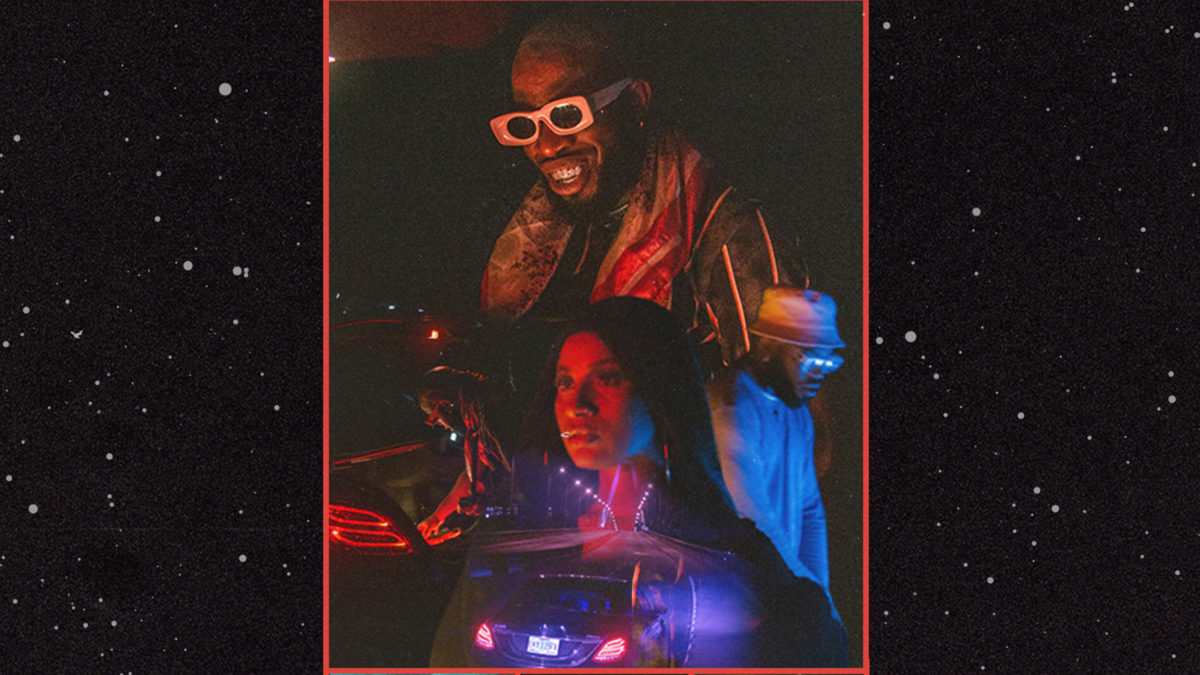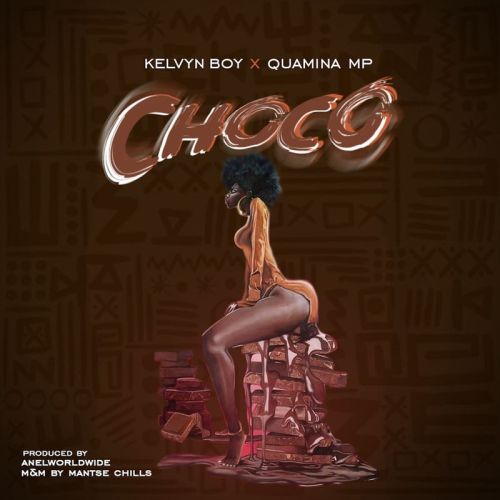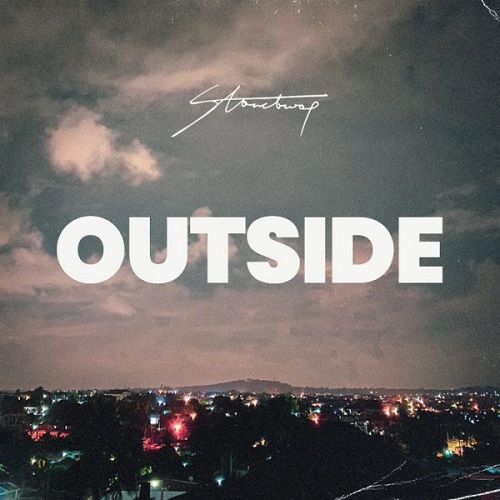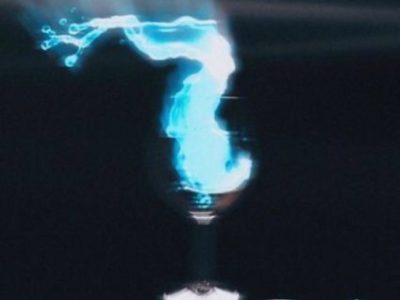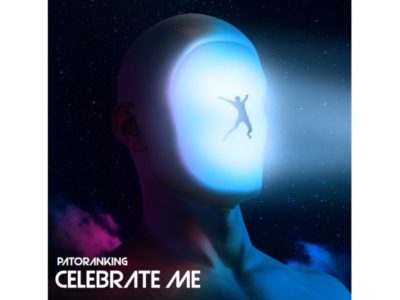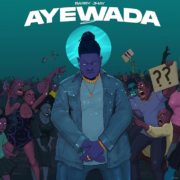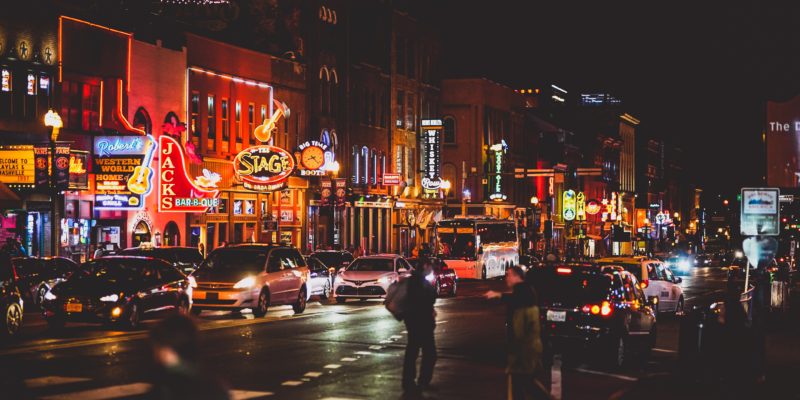
Country music (English: country music) is a genre of music that is said to have originated in the southern United States in the 1920s [1]
Overview
The origin of country music is working-class white folk music, which is a blend of various traditional music.
It forms a simple harmony and has a wide range of musicality from ballads to dance music.
The blues mode has been widely used since the beginning.
European traditional folk songs and of Celtic music such as is, spiritual and gospel, such as spirituals, hymns under the influence of the 1930s was established.
Music formerly known as ” hillbilly music ” has taken root in the 1940s with the term ” country music,” including western music with similar roots that developed in the mid-20th century. The word hillbilly has a discriminatory nuance, so Billboard charts now use the name “country chart” instead of hillbilly.
A 2009 survey found that country music was often heard during commuting hours in the United States.
It was most often heard on the radio during the rush hours of returning home on weekday evenings.
It was the second most heard during the morning commute.
About the origin
The main roots are as follows.
- American folk music
- Southwestern Western Music
- Appalachian music
- Mountain music
- Caucasian Christian music
- Irish music (popular and traditional music)
- Celtic music of the fiddle melody
- Traditional ballad, cowboy song
- Immigrant community song from Europe
About similar genres
It has developed by influencing each other with fields such as bluegrass and jug bands.
In contrast to mainstream conservative country, there are also genres such as alternative country and outlaw country.
In recent years, a new genre called Americana has also been created in the music world.
About musical instrument organization
Currently, the composition of the [ when?] Country band is the same as the so-called “ordinary rock band “, centered on guitar, bass, drums, keyboards, etc.
Fiddles, banjos, steel guitars, etc. are often added to add the so-called “country-like seasoning”.
You don’t necessarily need those instruments.
Musical instruments used for performance
The main instruments used are as follows.
- Stringed instrument
- Fiddle
- Violin
- Wood base
- banjo
- guitar
- Acoustic guitar
- Electric guitar
- Pedal steel guitar
- mandolin
- Resonator guitar (Dobro)
- harmonica
- Autoharp
- accordion
- Metal bucket or tub
- washing bead
- Saw
generations of country music
1ST GENERATION:
About 300 years ago, immigrants from Europe North America of the Appalachian Mountains has been doing with music in the south. In the early 1920s, as the first generation, the Atlanta music scene played a major role in the first professional career of country musicians. 1923 circa, Fiorina John Carson has published a record of hillbilly music from Okay record, followed by 1924, Samantha Bandana is Columbia Records from 1927, the Carter Family and Jimmy Rogers is RCA record from Published. In the 1920s, many hillbilly musicians, including Cliff Carlisle, recorded blues.
2ND GENERATION
In the second generation of the 1930s and 1940s, radio became popular as entertainment, and began to dance “barn dance” to country music, mainly in the south, to Chicago. The most important is, in 1925, Tennessee Nashville of WSM “at the Grand All Opry ” begins, the current [ when?] Is that they also followed. Cowboy songs and Western music from the 1930s, 1940s, and 1920s were used in Hollywood- produced films and became more popular. Originally from the Great Plains, Bob Wills became a popular leader in the “Hot String Band” and starred in Western films. His mix of country and jazz style became popular in dancehall and became known as the Western Swing. In 1938, Wills became the first country musician to introduce electric guitar to the band. [10] In 1939, the country musician was Boogie Was recorded, and Johnny Barfield recorded ” Boogie Wookie ” and played it at Carnegie Hall.
3RD GENERATION
The third generation of the 1950s and 1960s began after the end of World War II and was performed by Bill Monroe, who appeared with Lester Flatt and Earl Skaggs, who were introduced to Roy Cuff in the Grand Ole Opry. Mountaineer string band music became known as bluegrass. Gospel was still popular in country music. Especially Texas and Oklahoma in between the poverty whites of guitar, bass, dobro, a steel guitar, basic ensemble and simple and crude music of various mood using the drum was popular. This became known as honky-tonk with its roots in Western Swing, Mexico and Ranchero near the border. By the early 1950s, Western Swing, Country Boogie and Honky Ton were playing in many country bands. Rockabilly became the most popular among country fans in the 1950s, and 1956 was called the “Year of Rockabilly”. Nashville Sound in Nashville, Tennessee from the mid-1950s to the 1960sHas become an industrial center that generates millions of dollars. In the late 1960s, this reaction led traditionalists into another genre. Due to the influence of British Invasion, many people have come to prefer the old type of rock and roll. At the same time, the enthusiasm for the country produced in Nashville has diminished. As a result, the genre of country rock was born.
4TH GENERATION
In the 4th generation of the 1970s and 1980s, country polite, folk music, outlaw country rooted in soft rock, country pop, and soft pop, which are derivatives of Nashville sound, became mainstream. From 1972 to 1975, singer and guitar player John Denver produced a number of hits that blended country and folk rock. In the early 1980s, country artist songs continued to appear on pop charts. In 1980, neo-country disco music became popular. In the mid-1980s, the return to traditional songs on radio and charts stopped the sophisticated country pop of many new artists.
5TH GENERATION
In the fifth generation of the 1990s, country music gained worldwide popularity, taking advantage of Garth Brooks ‘ popularity. In the 1990s and early 2000s, The Chicks became one of the most popular country bands.
Carrie Underwood is a representative country singer of the 6th generation from the 2000s to the present [ when?]. In the late 2000s and early 2010s, the influence of rock in the country became noticeable. The pioneers of punk and country fusion were the 1980s Southern California cowpony bands such as Jason & Scorchers and The Long Riders. Hip-hop also merged with country music to become country rap. Country songs that were hit during this period were country pop songs such as Lady Ante velum, Florida Georgia Line , and Taylor Swift .

